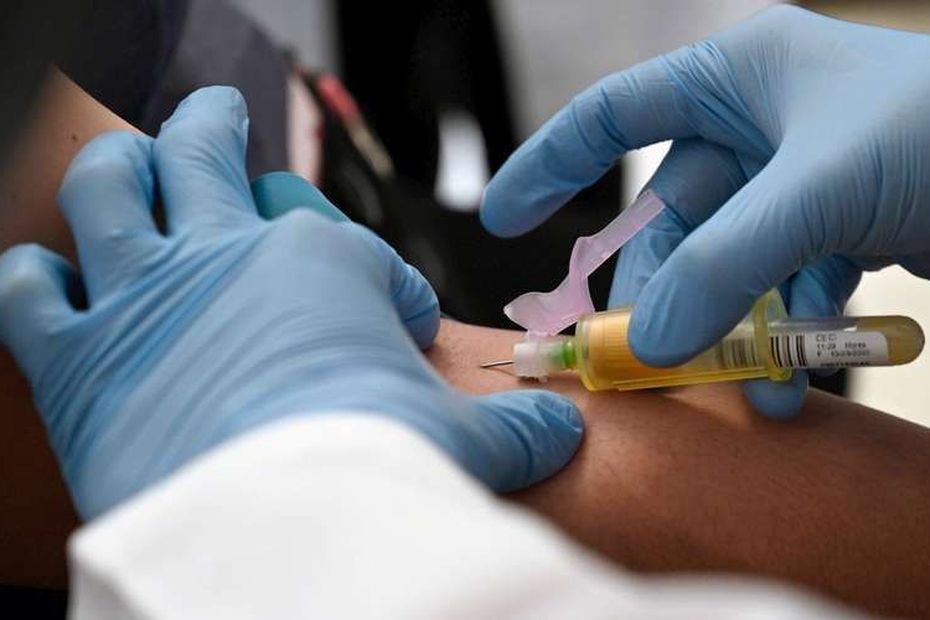Until now reserved for agricultural workers, the analysis of the chlordecone content in the blood is now accessible to all citizens; it is reimbursed by Social Security. The ARS has nevertheless drawn up a list of priority people. The results are known 15 to 20 days after the blood sample.
From now on, every citizen can know the level of chlordecone in his blood. The corresponding analysis is reimbursed by Social Security.
This device, voted by parliamentarians in 2019, was aimed at agricultural workers, initially. It now extends to the entire population, even if priority profiles are still targeted.
In Martinique, this generalization has already been implemented, thanks to European funds earmarked by the Territorial Collectivity; the reimbursement of the screening, invoiced by the laboratories between 120 and 160 €, is full.
The Regional Health Agency (ARS) of Guadeloupe, with the help of the biological laboratories of the territory, is therefore launching this measure, which constitutes a real breakthrough, for the knowledge of the level of contamination of the population.
It will also make it possible to assess the effectiveness of the preservation measures launched by the health authorities since 2008 and the first Chlordecone plan.
This campaign is obviously open to everyone, even if the ARS has neither communicated on this subject nor responded to our requests. It nevertheless targets so-called priority people:
- Those who have benefited from the JAFA program;
- Pregnant or breastfeeding women;
- Farm workers;
- The residents of the banana tree crescent, between Goyave and Vieux Habitants;
- Consumers of fish products.
With a medical prescription, everyone can go to a biological laboratory. The medical operator will take two 3 ml tubes of serum, for analysis in mainland France, at the pharmacology, toxicology and pharmacovigilance department of the Limoges University Hospital.
The results are communicated two to three weeks after the sample is taken.
This examination results in a simple blood test. It therefore makes it possible to know its rate of contamination, at a time T, and to possibly respond to it by changing its eating behavior or by moving away from the polluted area.
But the results are technical and it is then necessary, for the patient, to detail them with his attending physician. The latter will be able to provide details and explanations on the organochlorine substances and their possibly detected decomposition products.
Is it serious to have Chlordecone in the body, even at low doses? What consequences on health? How can contamination be reduced or eliminated? The fact is that scientific knowledge is still very patchy on all these points.
According to Santé Publique France, 95% of Guadeloupeans are contaminated by the pesticide. The National Agency for Food, Environmental and Occupational Health Safety (ANSES) estimates that 5% of them have an impregnation at least ten times higher than the average impregnation noted in the West Indies, which is established between 0.14 and 0.13 µg/l of blood.
–


